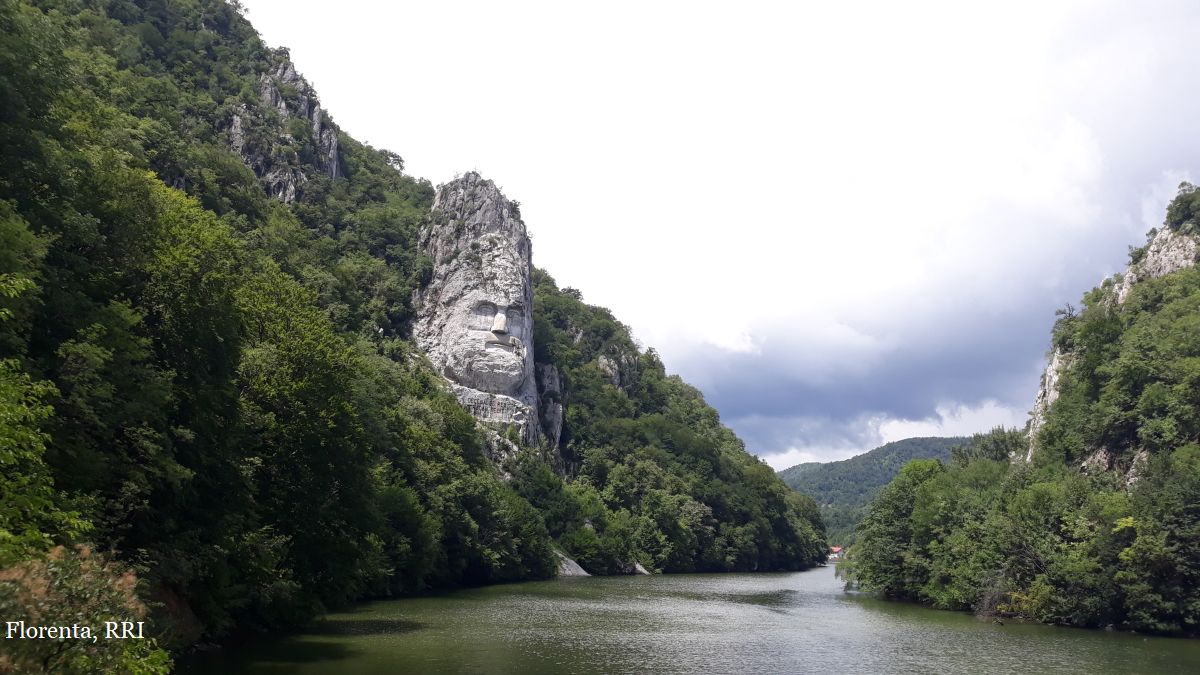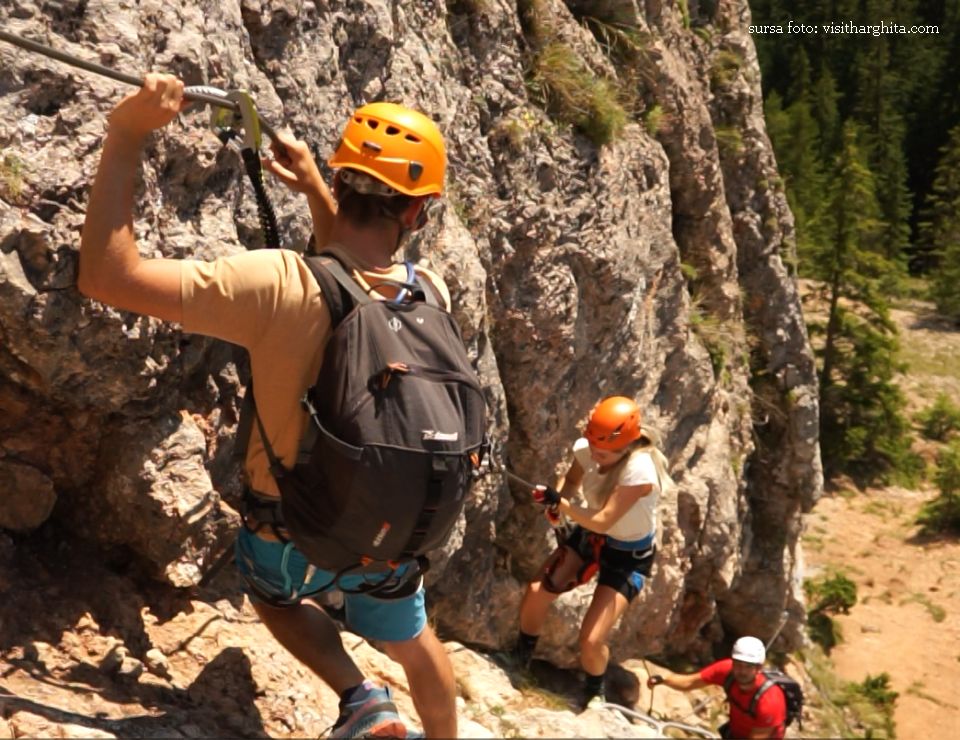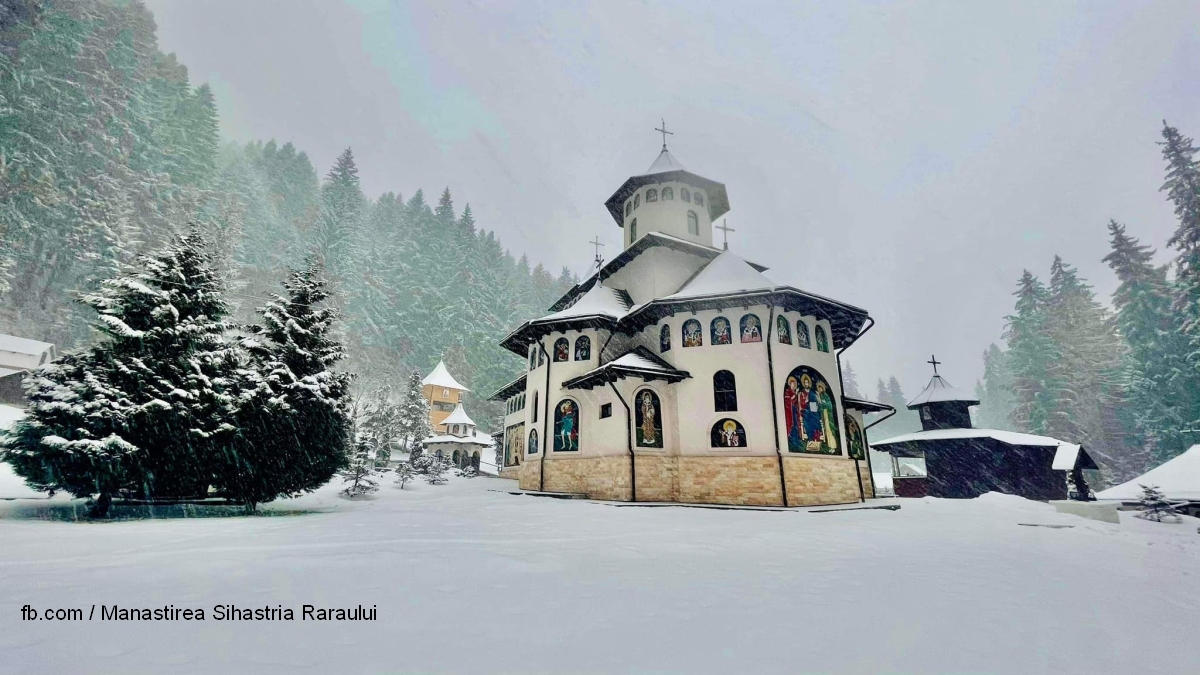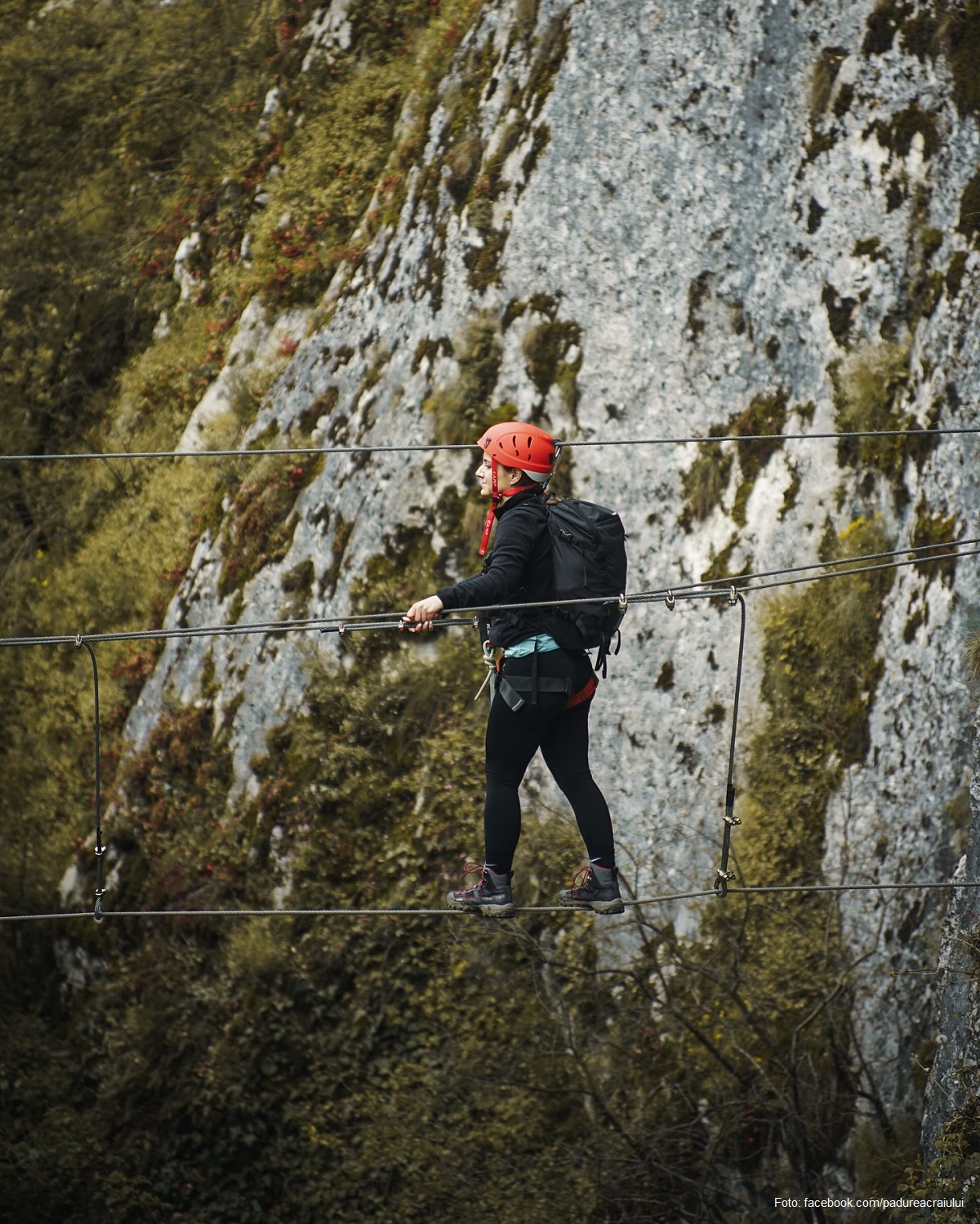Via Transilvanica
Those who love to travel other than by car, have the opportunity to take a very special route part of an ongoing project: Via Transilvanica, meaning 1,200 km, from northern Romania, from Putna, crossing Transylvania, to the southwest, to Drobeta Turnu Severin. It can be covered in several weeks in whole or in part in a few days, according to the strength and desire of the traveler. The Via Transilvanica infrastructure will provide data on accommodation and meals, as well as historical and cultural information on different geographical areas. So today, together with Alin Ușeriu, the president of the Tășuleasa Social Association and our guide today, we will embark on a unique journey:
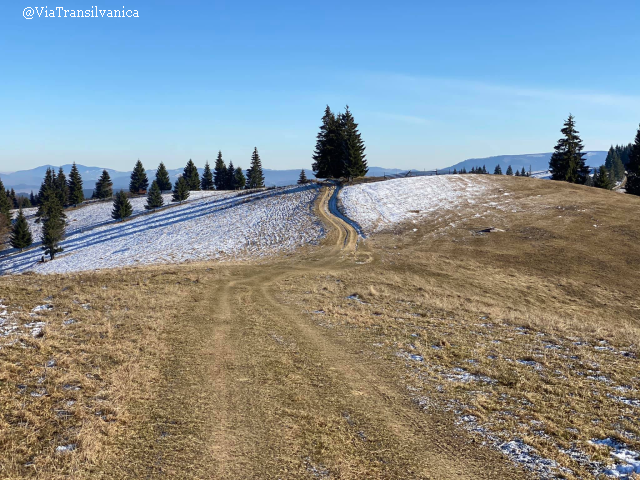
România Internațional, 14.01.2021, 12:20
Those who love to travel other than by car, have the opportunity to take a very special route part of an ongoing project: Via Transilvanica, meaning 1,200 km, from northern Romania, from Putna, crossing Transylvania, to the southwest, to Drobeta Turnu Severin. It can be covered in several weeks in whole or in part in a few days, according to the strength and desire of the traveler. The Via Transilvanica infrastructure will provide data on accommodation and meals, as well as historical and cultural information on different geographical areas. So today, together with Alin Ușeriu, the president of the Tășuleasa Social Association and our guide today, we will embark on a unique journey:
Romania is a safe country, a stone’s throw from European capitals, it is an extraordinarily beautiful country. Romania also has the Transylvania area, which is worth visiting, and Via Transilvanica is a long distance road, which highlights all the natural, historical, ethnic features that characterize Transylvania. It starts in Putna, in Bucovina, and passes through seven absolutely spectacular regions, to end in Drobeta Turnu Severin, on the Danube. It starts in Bucovina, therefore, a place with special natural landscapes and of which we are very proud from a religious point of view. Then, it passes through a very spectacular region, with many traditions: the Upper Land, with part of the Someș Valley, of Bistrița, very beautiful places and which are still untrodden.
Terra Siculorum is the third route of Via Transilvanica. It is 157 km long and it crosses areas inhabited by proud Szeklers, who have contributed to everything that Transylvania stands for today:
The area where the Szeklers are located is worth visiting, as this ethnic group has built and still is part of the culture of Transylvania. It is an extraordinarily generous gastronomic culture. Speaking of Terra Saxonum, we can say that it is the largest open-air museum in Europe. There are over 200 fortified cities and churches that are worth visiting and rediscovering carefully. Unfortunately, the Saxon ethnic group no longer exists in large numbers in Romania, but its heritage has certainly entered the world heritage. Then, of course, the route passes through Terra Dacica, Terra Romana, on Mures Valley, all very beautiful, full of extraordinary landscapes, with welcoming people. The Cerna Valley follows, after which one reaches the Danube.
Currently, 800 km of Via Transilvanica have been completed. The route is marked with specific identification elements, made of durable materials, which allow the good orientation of the traveler along the way. Alin Ușeriu, president of the Tășuleasa Social Association:
One can walk without any problems from the north, from Putna, passing by Sighișoara, to Criș. We have another 100 km section in the Mehedinți Plateau, which has been finished, the last section. The other four counties follow: Sibiu, Hunedoara, Alba and Caraș-Severin, which will be covered in the next period. The project is stubborn to continue with the participation of all those who made it possible. For those who listen to us, it is good to know that now we have a long-distance road in Romania, on which nobody can get lost. It probably looks like Camino, but it’s not religious. Maybe it’s a combination of the Pacific Trail in America and Camino de Santiago in Europe. It is a road that will certainly offer a spiritual experience, a cultural one and an experience of discovering all tourist spots along the route. Go by bike, equestrian tourism will also develop, but basically choose to walk on Via Transilvanica.
From Alin Ușeriu, the president of the Tășuleasa Social Association, we learnt that one doesn’t have to be a professional athlete to set off on Via Transilvanica. The route is designed for 90% of the people.
Of course, in order to do it, you need a minimum physical condition, because there are at least 15-20 km per day to cover. On via transilvanica.com we have a guide that explains in detail each stage, including those of preparation for such a trip. It has all the necessary facilities. It’s not a route for which one has to carry food for 50 days in the wild, like the Pacific Trail. It is a road where, at every step, you can find something to eat, a bed in a guest house, the opportunity to pass through communities. But let’s not forget that Romania, in general, is a country with a wild nature, with less infrastructure. Therefore, it is quieter and there are more spectacular and natural landscapes. One can see bears, for example. There are many countries where this animal has not been seen for hundreds of years. Therefore, this must be taken into account and the route must not be continued at night. Last but not least, in the current context of the world, which a year ago we would not have even suspected, in which keeping distance is an important recommendation, Via Transilvanica, a long-distance road, on foot, through Romania, is worth trying as a destination holiday, for an unforgettable experience.
Via Transilvanica passes through 400 communities: hamlets, villages and towns. Right from the beginning of the project, the initiators had a very pleasant surprise. Here is Alin Ușeriu, president of the Tășuleasa Social Association, one more time:
ȚThe first to take the trip, when the route wasn’t even completely marked, although we do not recommend going through the unmarked sections, was a 72-year-old man. He started in Drobeta Turnu Severin and reached Putna, 1000 km on foot. We were very surprised to find out that among the first to venture on this road were foreign citizens who’d heard about the project from friends or from the press. We were also very happy to receive part of the funding from the Chicago diaspora. More than 100 km are funded from abroad. We believe that this road will be loved by foreigners as a destination, because long-distance roads are in vogue and not very numerous. Via Transilvanica could be one of the ten routes that are a must in the world circuit. We also had travelers from South Africa, from England, from Ukraine. I received a request to publish the guide in Poland. Also, several travel agencies in Germany want to propose Via Transilvanica as a destination. Even now, when it’s not ready yet, we are happy to see that the road is becoming famous and whoever listens now should continue to recommend this trip than can easily become an unforgettable vacation.
There is also a Via Transilvanica application for mobile devices. It is available for free download in the AppStore and PlayStore, with versions for Android and iOS, respectively. (M. Ignatescu)

